














Many of places that people go for relaxation. Choosing a familiar place of relaxation and transferring that experience to the patient helps, reduce stress and injury in a hospital.
The main focus in this project is reducing the fall in patient room by consideration different aspects; such as avoiding swinging door in bathroom and using wider opening and provide sliding door, adjustable toilet seat, exploring over bed table design and IV Pole and reducing the turning, grabbing, pushing and pulling (Pati, et al , 2015)



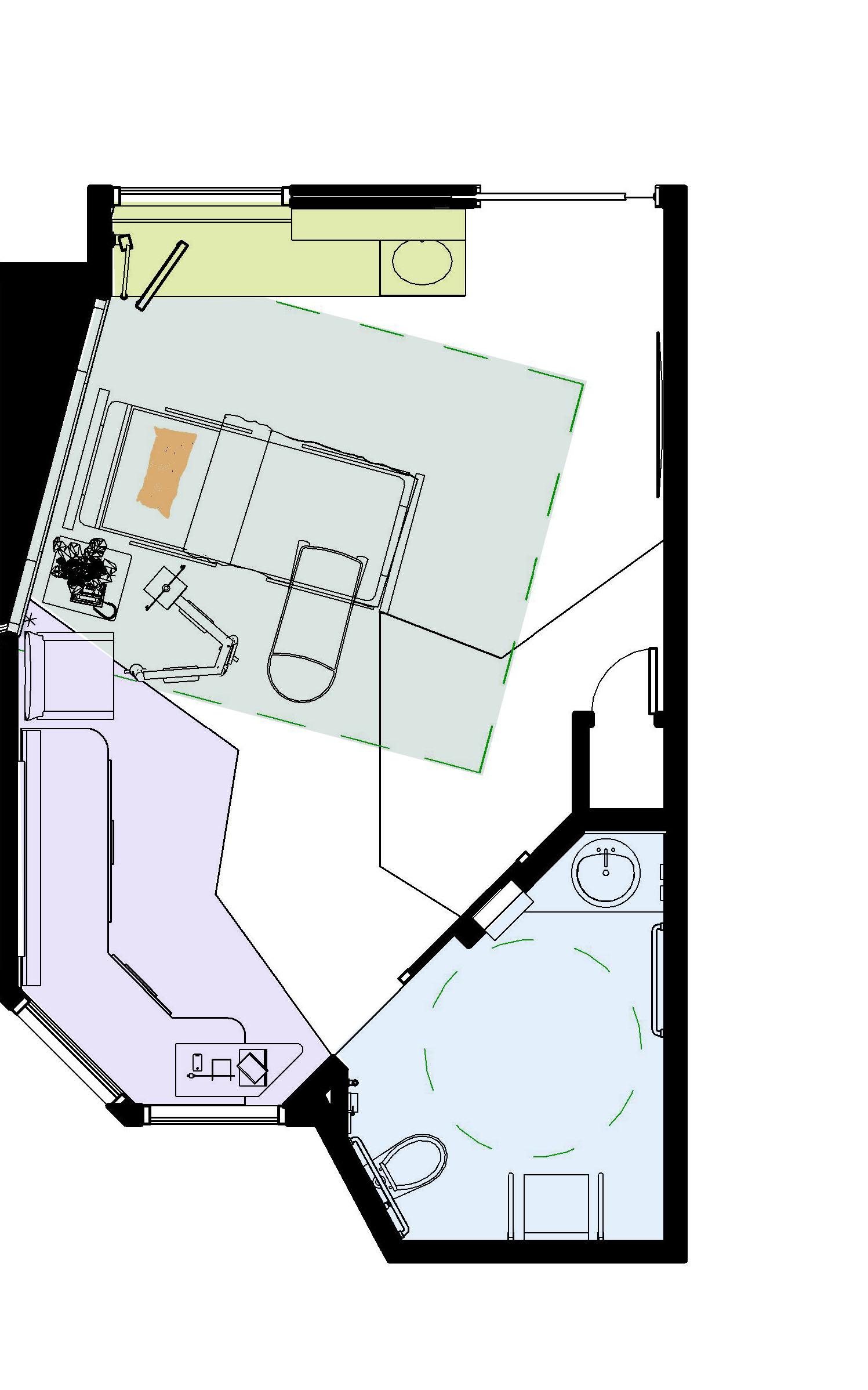

The advice was using pale colors (Devlin, et al., 2003) and avoiding to use white color because white color have different impact in people under the condition sensitive in their environment (Dijkstra, et al , 2008)




Using SmartCells recommended to reduce if happened(Tideiksaar (Knoefel et al. SmartCells can use and bathroom.
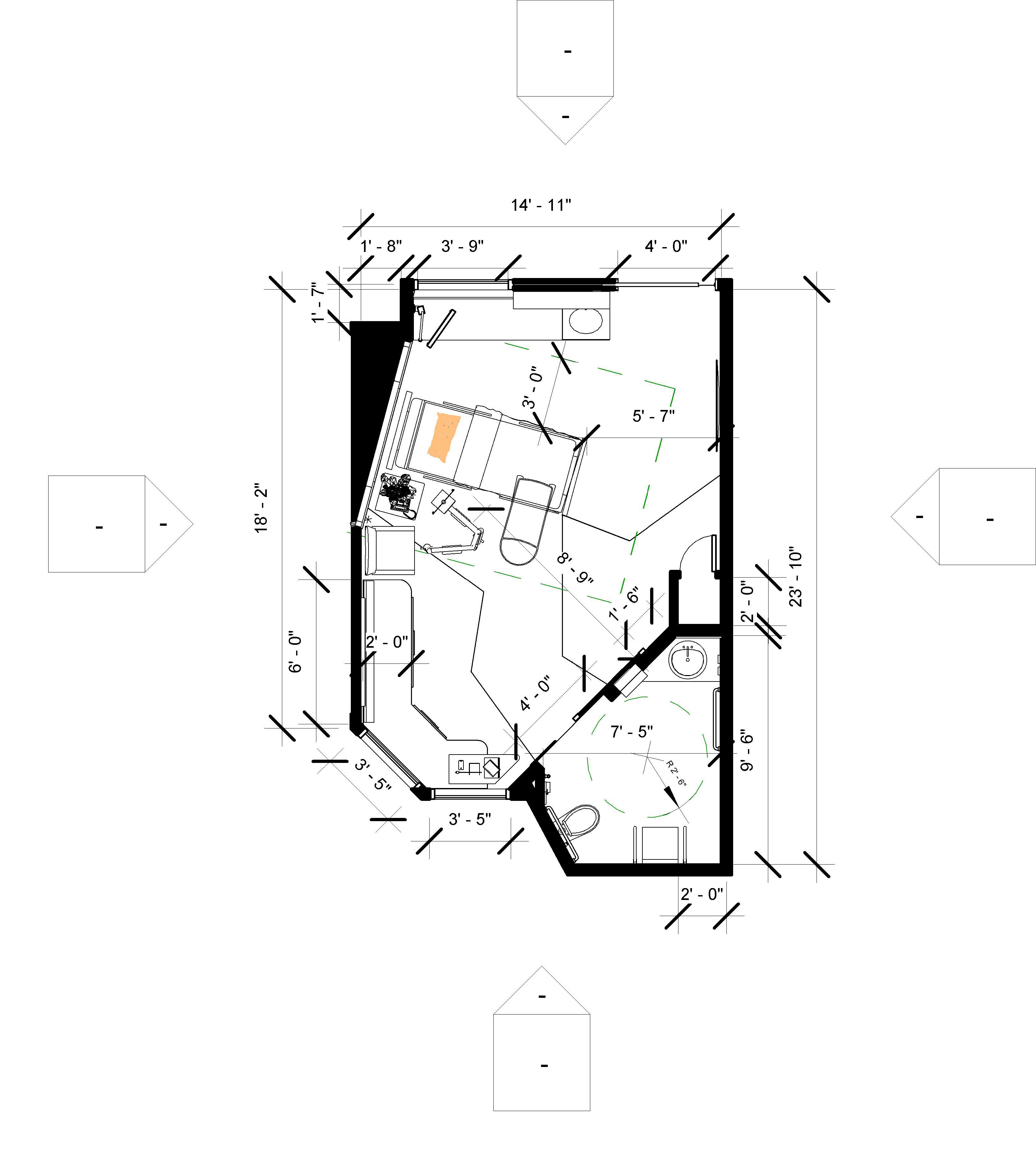 Ibtihaj Alsadun
Ibtihaj Alsadun
Ø Avoid to use flush handle and used flushing sensor.








Ø Door design: used slid door and 4’ wide.





Ø Electronic frosted glass used for privacy at the doors and windows and to have a clear visual bathroom from the patient bed.

Ø Adjustable seating height.
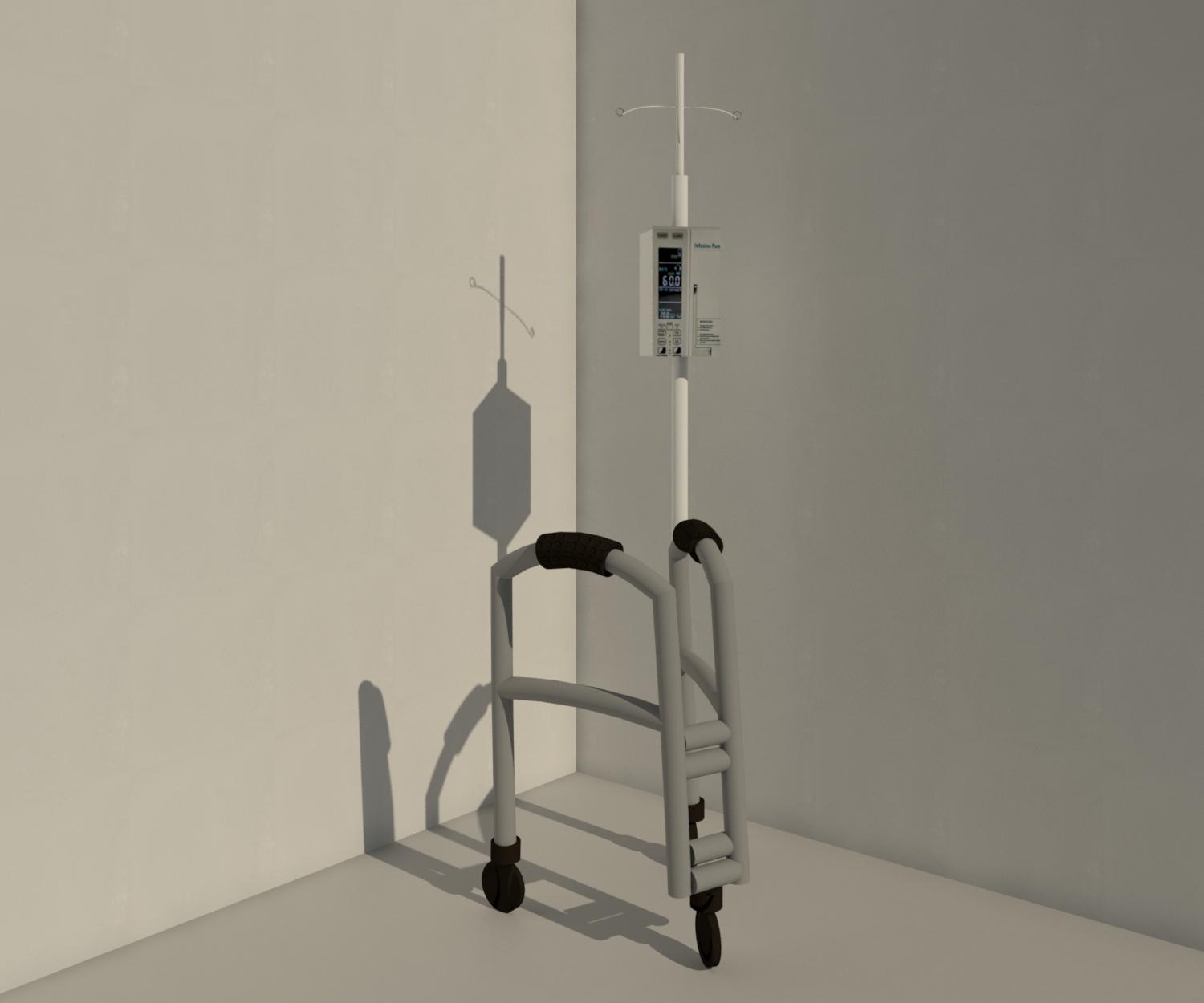
Ø Acoustical glass used for Auditory privacy.





Devlin, A. S., & Arneill A. B. (2003). Health care environments and patient outcomes a review of the literature. Environment and behavior, 35(5), 665-694
Dijkstra K., Pieterse M. E., & Pruyn A. T. H. (2008). Individual differences in reactions towards color in simulated healthcare environments: The role of stimulus screening ability. Journal of Environmental Psychology, 28(3), 268-277
Fell, D. R. (2010). Wood in the human environment: restorative properties of wood in the built indoor environment (Doctoral dissertation, University of British Columbia).

Knoefel F., Patrick, L., Taylor, J., & Goubran, R. (2013). Dual-stiffness flooring: can it reduce fracture rates associated with falls?. Journal of the American Medical Directors Association, 14(4), 303-305.
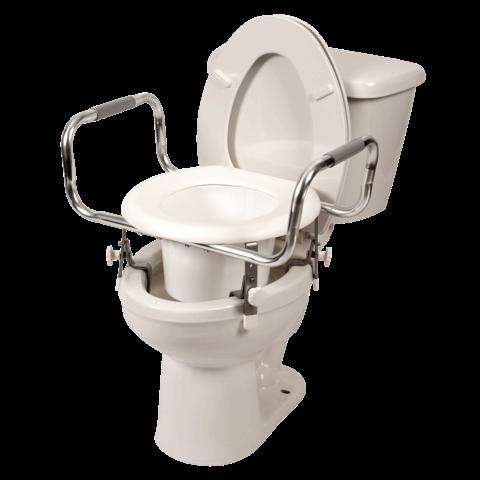
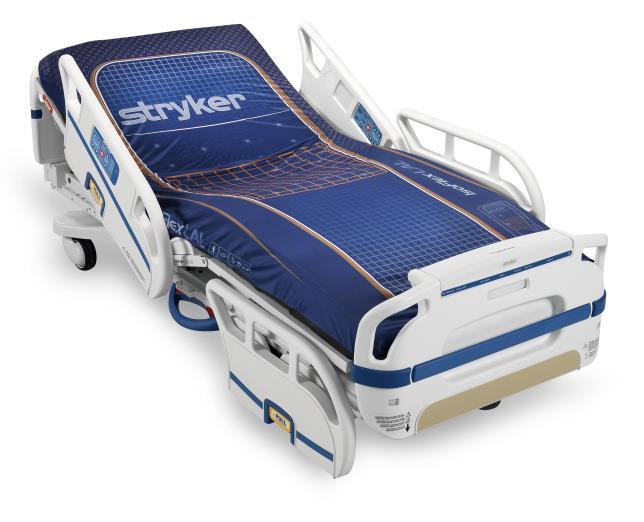
Lankston, L., Cusack, P., Fremantle, C., & Isles, C. (2010). Visual art in hospitals: case studies and review of the evidence. Journal of the Royal Society of Medicine, 103(12), 490-499.
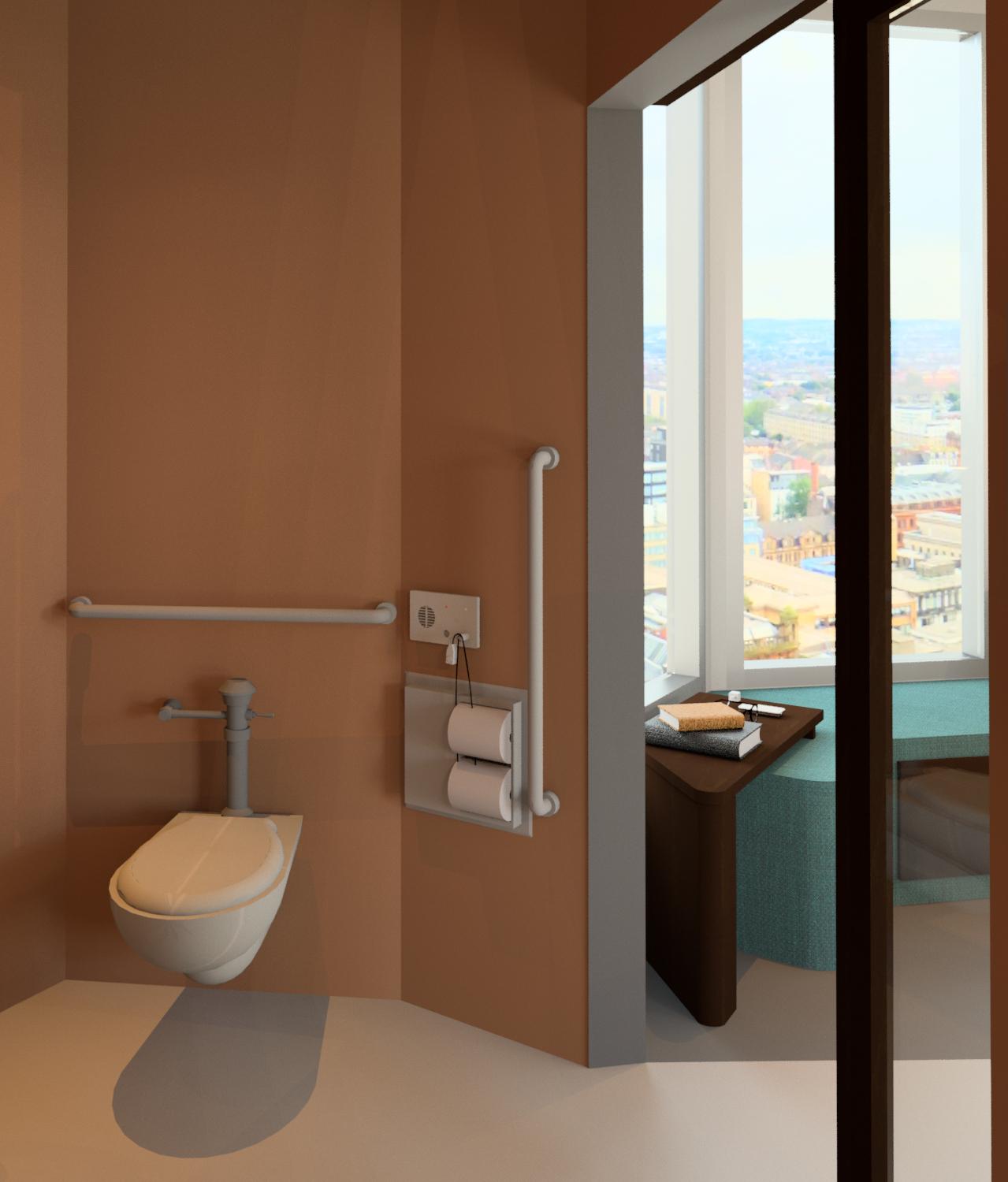
Malone, E. B., & Dellinger, B. A. (2011). Furniture design features and healthcare outcomes. Concord, CA: The Center for Health Design
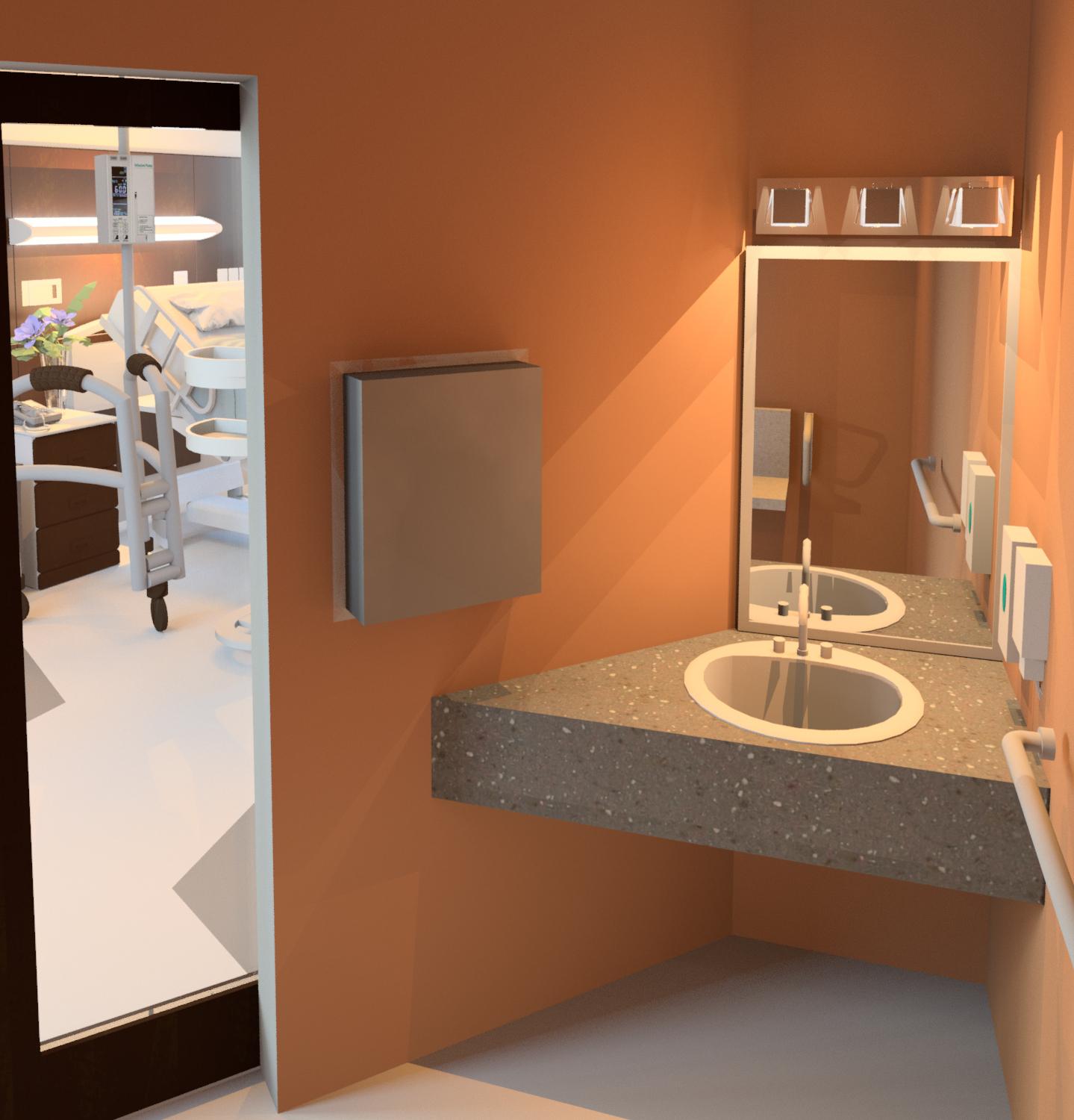
Pati D., O'Boyle, M., Amor, C., Hou J., Valipoor, S., & Fang, D. (2014). Neural correlates of nature stimuli: an FMRI study. HERD: Health Environments Research & Design Journal 7(2), 9-28.
Pati D., Lee, J., Valipoor S., Cloutier A., Freier P., & Harvey, T. (2015). Identifying and Examining Micro Physical Environment Factors Contributing to Patient Falls.
Patient Rooms Princeton HealthCare System. (n.d.). Retrieved from http://www.princetonhcs.org/phcs-home/what-we-do/university-medicalcenter-of-princeton-at-plainsboro/who-we-serve/patient-resources/patient-rooms.aspx
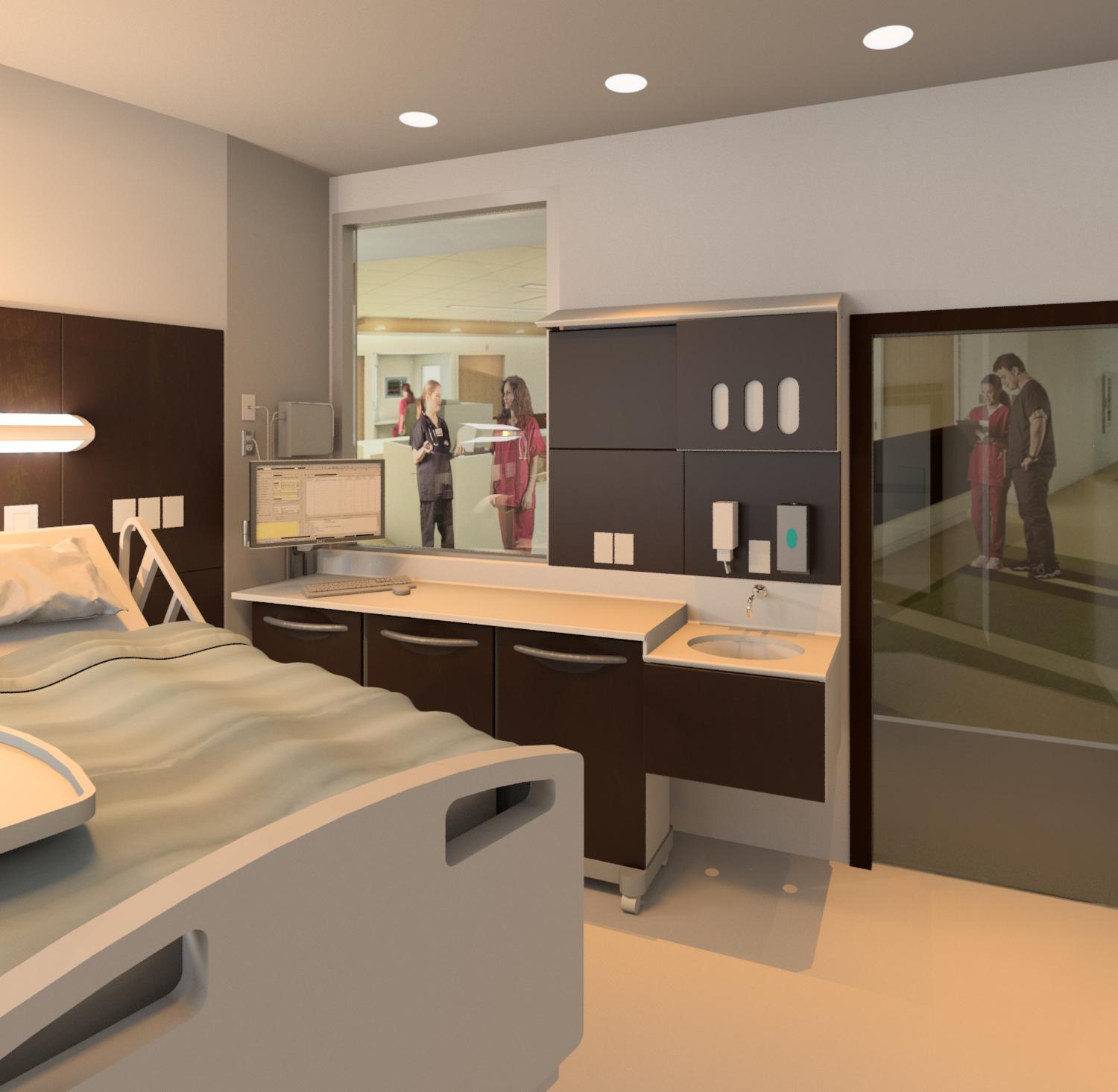
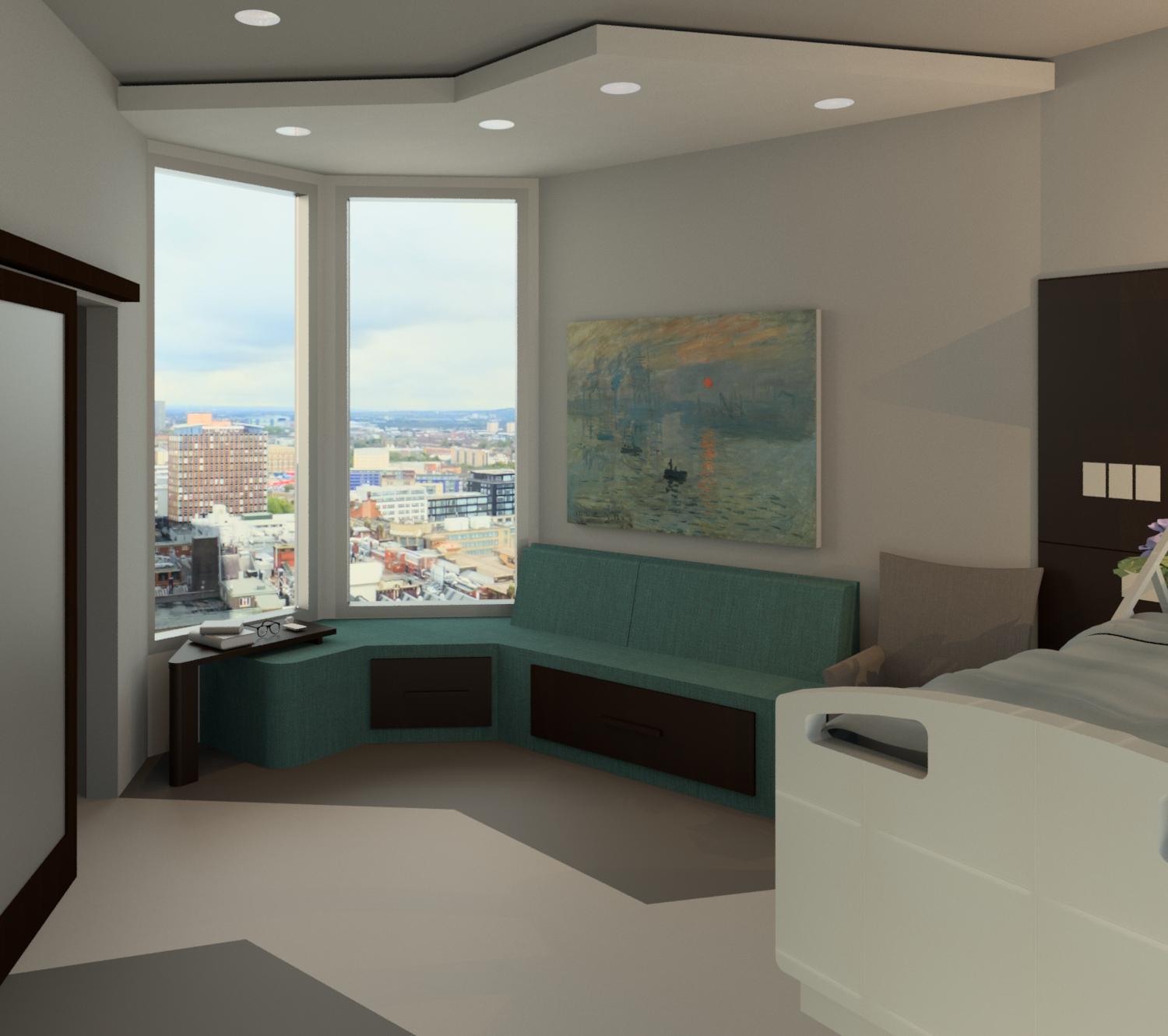

Tideiksaar R. (2007). How Flooring Can Reduce Fall Risk and Injury. ECPN 24-27. Retrieved from http://www.smartcellsusa.com/wpcontent/uploads/2012/11/SafeFlooring_ECPN-Sept-2007.pdf
Ulrich, R. (1984). View through a window may influence recovery. Science 224(4647), 224-225
